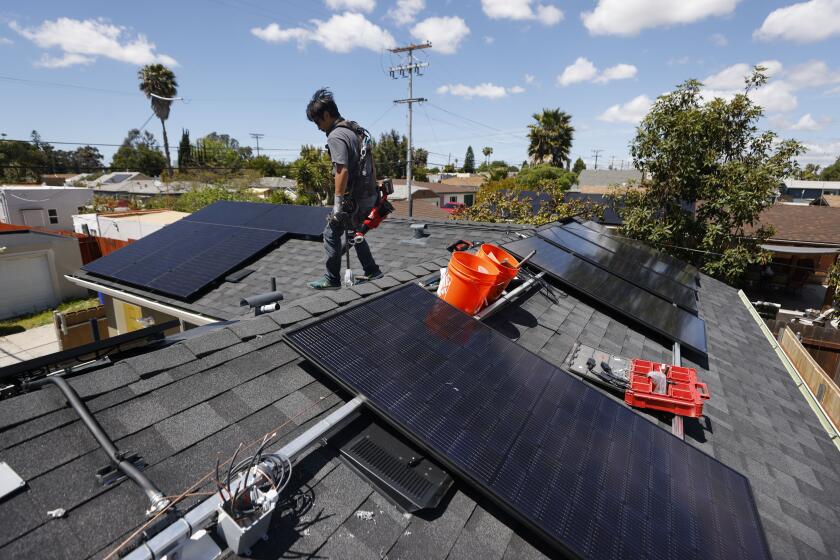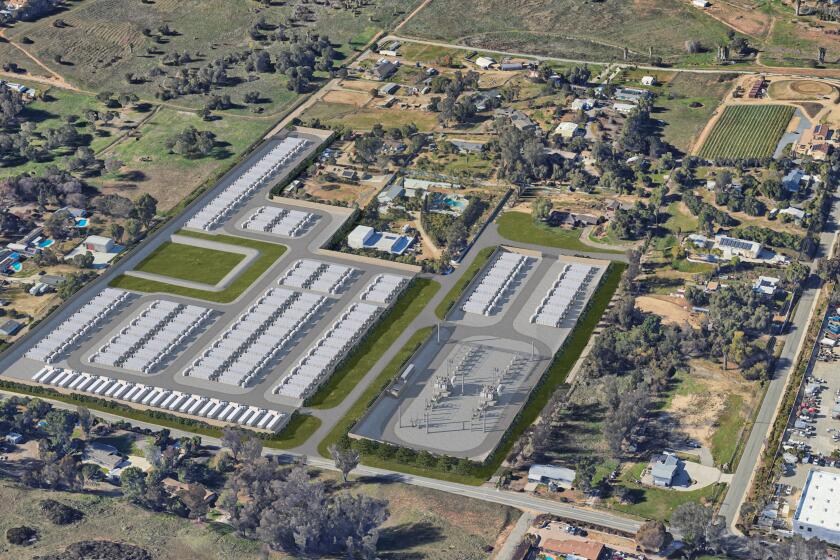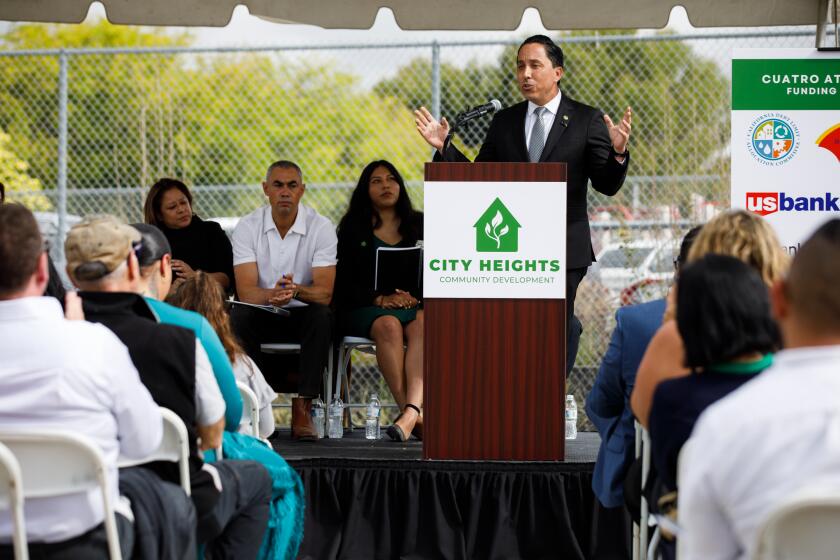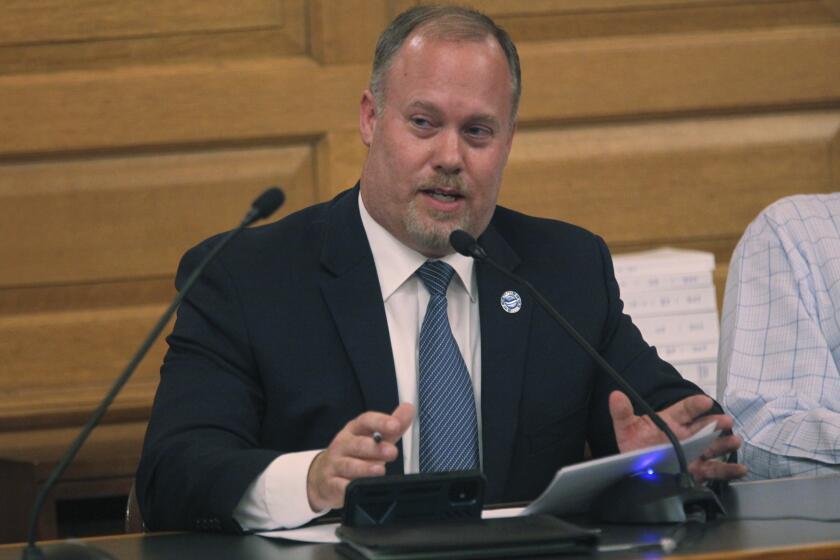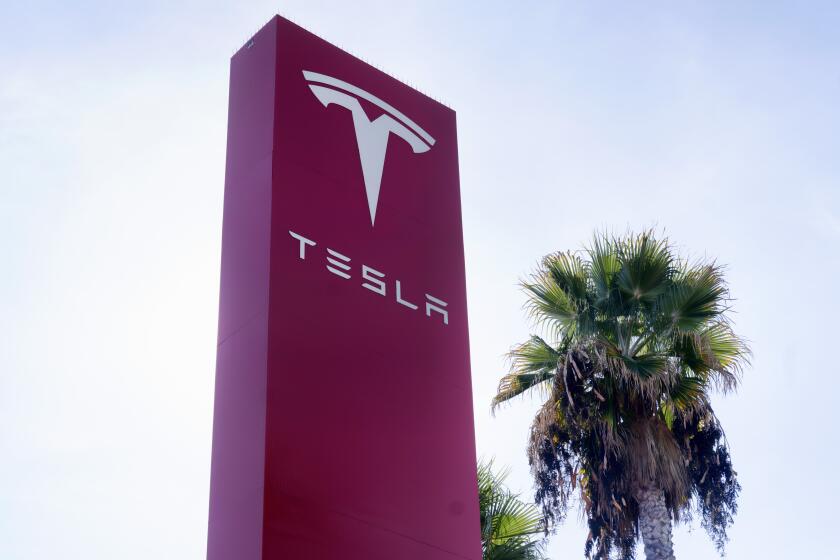Wave. Offshore wind. Geothermal. Are these the next power resources for San Diego County?
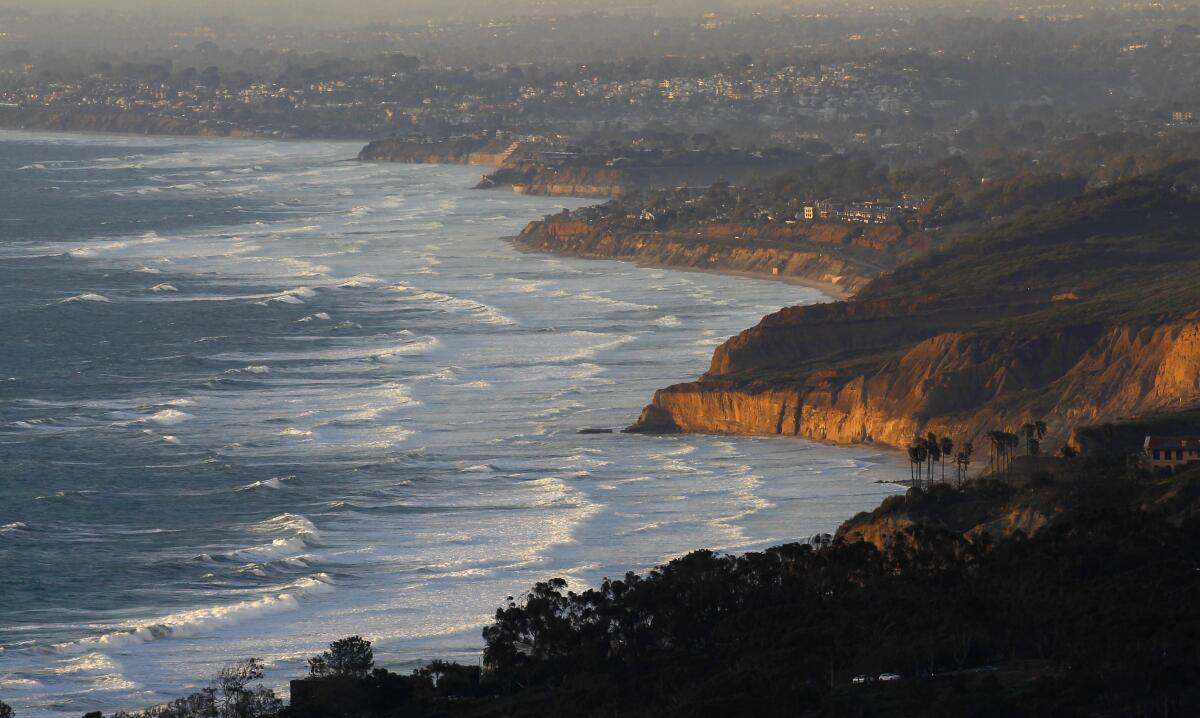
San Diego County to work with local universities, research institutions, federal, state and local entities to explore the feasibility of alternative forms of renewable energy.
In addition to renewable energy projects featuring solar, wind and energy storage, the San Diego County Board of Supervisors on Wednesday approved looking at the potential of wave energy, offshore wind and geothermal to someday provide electricity in unincorporated areas of the county.
“Everything should be on the table,” Supervisor Joel Anderson said prior to the board meeting. “We should be exploring every opportunity, not just solar and not just wind.”
Chairman Nathan Fletcher, a Democrat, joined Anderson, a Republican, in bringing the proposal before the board, which passed it, 5-0.
The vote is part of the county’s Regional Decarbonization Framework that looks to eliminate carbon dioxide emissions and reduce pollution and ground-level ozone. The county has adopted a sustainability plan to achieve 100 percent renewable energy by 2030 and slash net carbon emissions to zero by 2035.
“As we move into a less polluting (economy) and cleaner energy, we gotta ensure that good jobs still exist,” Fletcher said. “As we move forward and we look at different forms of energy, we need to not only look at the environmental benefits, we need to look at the economic benefits of good jobs and if we do both of those, we can truly achieve a win-win.”
The action will direct county staff to coordinate with local universities, research institutions, federal, state and local entities to explore the feasibility of alternative forms of renewable energy. “And if it is” feasible, Anderson said, “then how can we pursue it in the best way.”
Harnessing the power from the ocean has long been a goal of clean energy advocates. The National Renewable Energy Laboratory has estimated wave energy has the potential to generate about 67 percent of what the West Coast generated in net electricity in 2019 — enough to power 23 million homes.
Yet an array of issues — including the difficulty in designing a device to efficiently capture the energy from waves — has impeded progress.
But a private company called CalWave just last month launched a pilot program off the coast of San Diego that looks to improve the performance and reliability of wave power. CalWave features a fully submerged technology that will be tested for six months. Key partners in the pilot include the Scripps Institution of Oceanography and the U.S. Department of Energy provided funding.
Oregon State University has started construction of a wave energy testing facility off the coast of Newport, Oregon.
The U.S. has trailed many European countries in the development of offshore wind energy, which can provide a steadier stream of wind than turbines built on land.
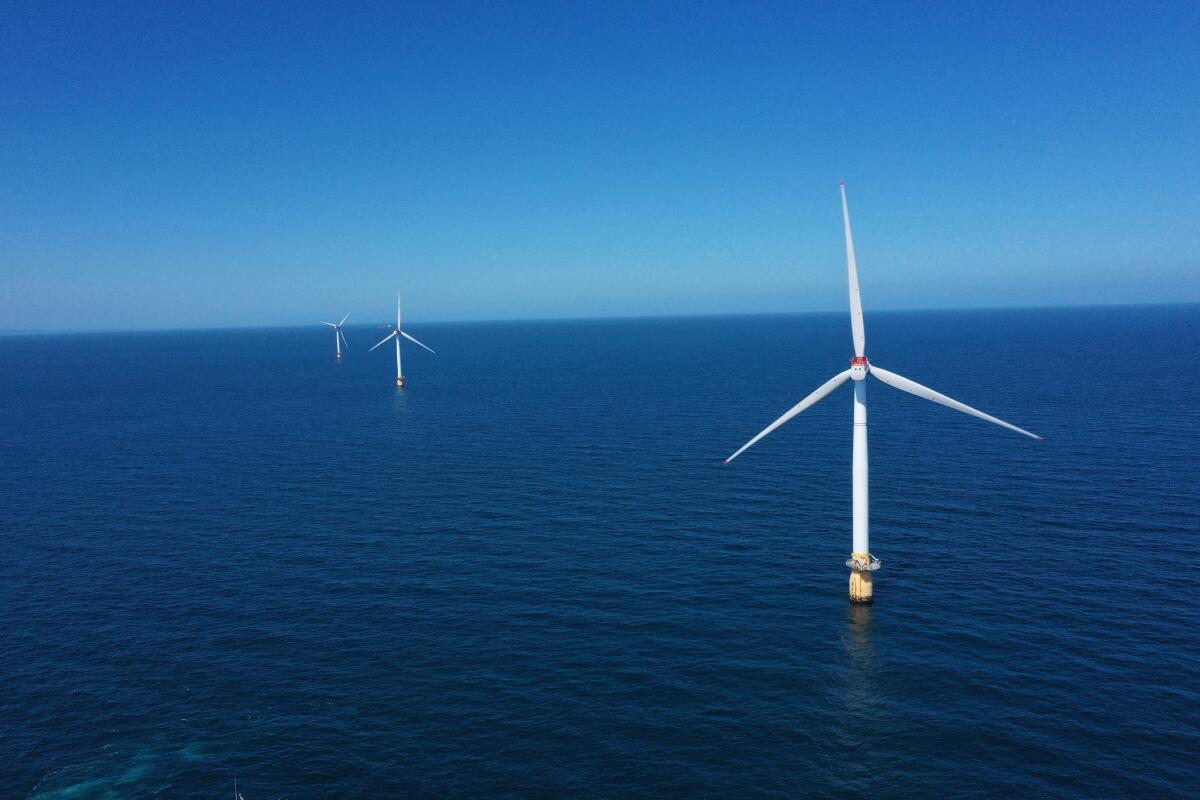
An analysis conducted in late 2016 by the National Renewable Energy Lab estimated the potential for offshore wind energy off the California coast is enough to produce about 1.5 times the state’s energy consumption, based on 2014 numbers.
But there are challenges. While there are preliminary efforts to erect floating offshore wind projects in Northern California, the U.S. Navy considers vast portions of the coast as “wind exclusion” areas, including San Diego and all of Southern California, because of concerns that the large wind turbines would interfere with training missions.
“That’s true,” Anderson said. “But that’s not set in concrete and some of those priorities may change.”
Geothermal energy already produces almost 6 percent of California’s in-state electricity generation, according to the California Energy Commission. Some 40 geothermal power plants, such as the massive Geysers geothermal field some 70 miles north of San Francisco, generate electricity by drilling wells and piping steam or hot water to the surface.
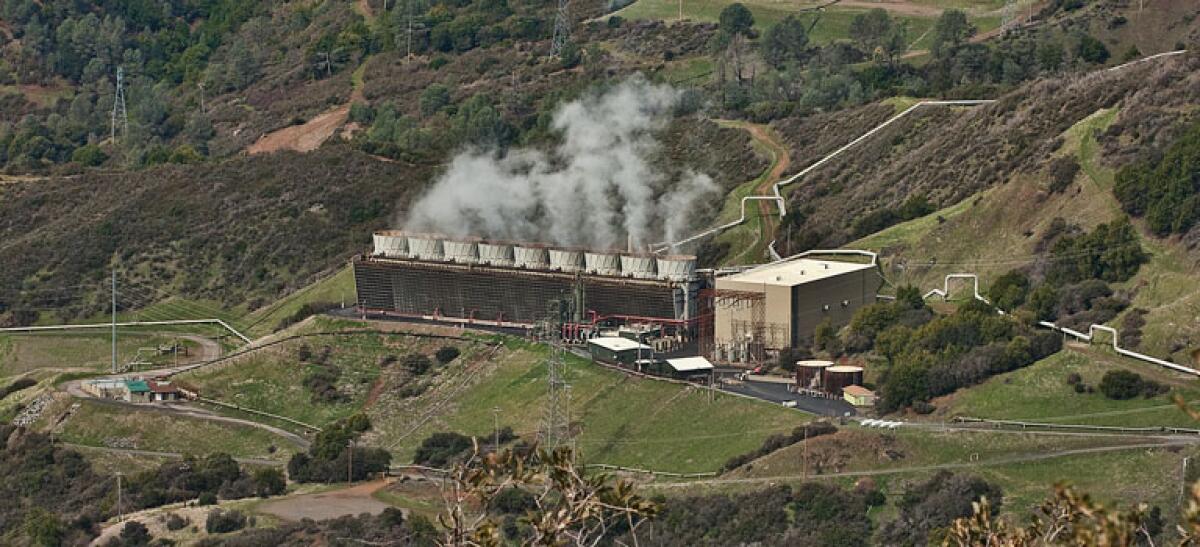
“Folks that we reached out to said there are some possibilities,” Anderson said. “They say there are portions of San Diego County that would be terrific for geothermal.”
Solar and wind are the most prominent renewable energy sources in California, with solar in 2020 accounting for 15.4 percent of in-state generation and wind 7.2 percent.
However, solar and wind do not supply the grid with around-the-clock power because solar does not generate electricity after the sun sets and wind generation wanes when breezes slacken.
Natural gas can fill in the gaps but it’s a fossil fuel that contributes to greenhouse gas emissions. Energy storage has been counted on to help solve the intermittency problems of solar and wind but the duration of most battery systems lasts up to just four hours.
A dramatic increase in geothermal energy production could help, if it’s practical. And if wave energy develops the way its supporters hope, it could provide clean electricity 24/7, if it can generate sufficient amounts of electricity.
“We need to look at all opportunities,” Anderson said. “I just want to make sure that we have a consistent source of power, that it makes sense and gets us where we need to go.”
In August, the Board of Supervisors approved the construction of a large solar farm in the unincorporated community of Jacumba Hot Springs. The JVR Energy Park will cover about 600 acres and generate around 283,000 megawatt-hours of energy — enough for about 60,000 homes. The project also includes a 70-megawatt energy storage facility powered by lithium-ion batteries.
Many of the nearly 600 residents in Jacumba opposed the size of the project and a lawsuit has been filed to try to stop it from being built.
Get U-T Business in your inbox on Mondays
Get ready for your week with the week’s top business stories from San Diego and California, in your inbox Monday mornings.
You may occasionally receive promotional content from the San Diego Union-Tribune.


